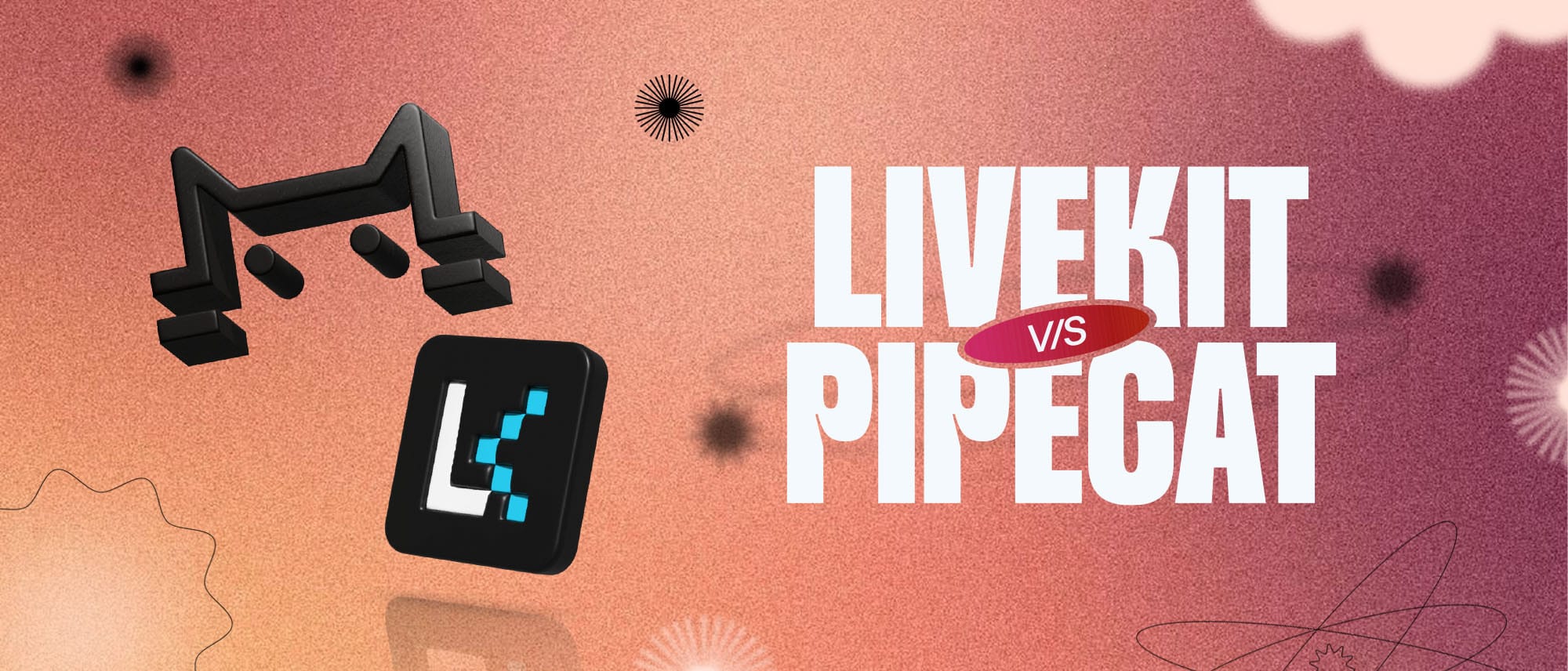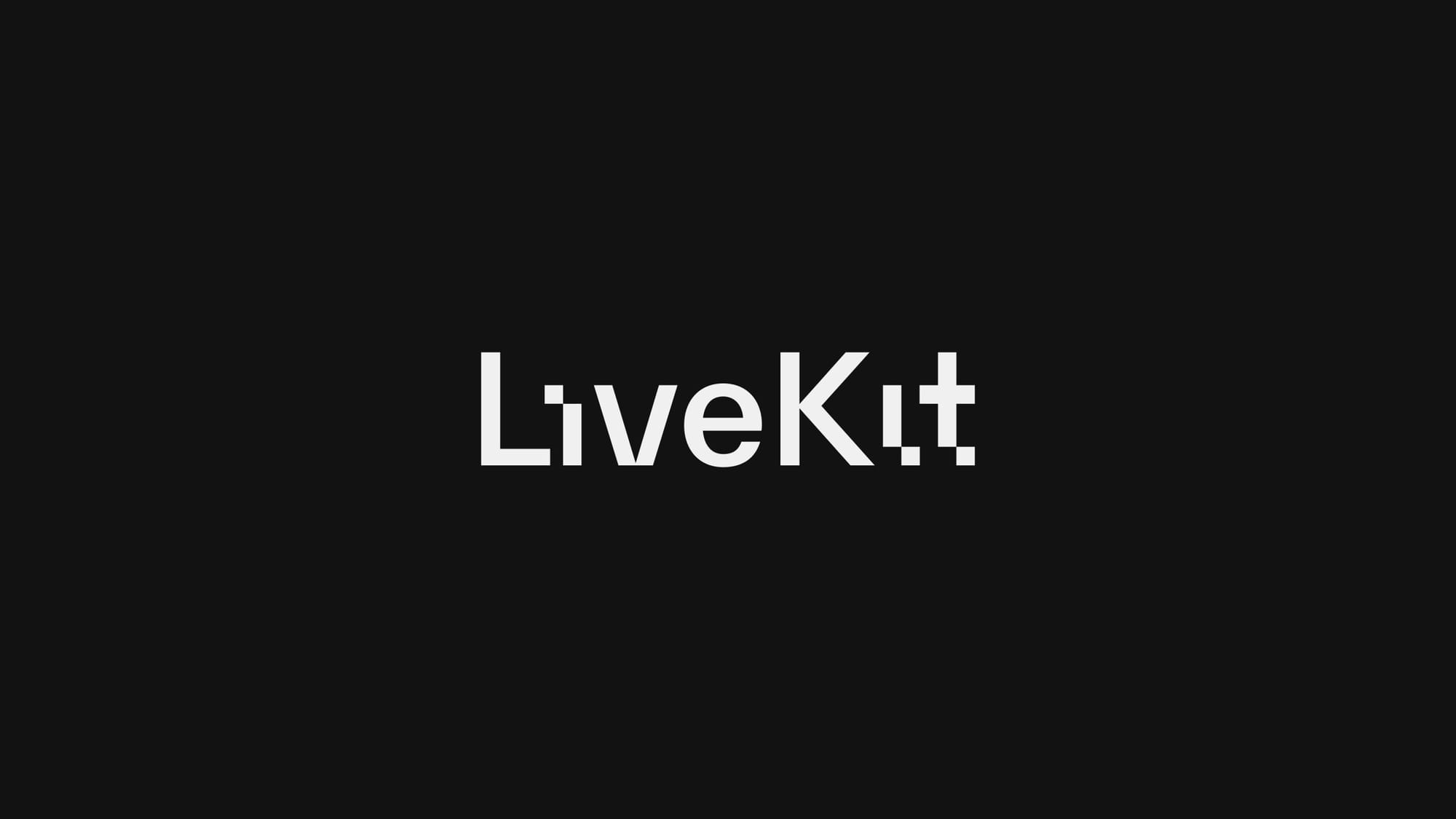Difference Between LiveKit vs PipeCat Voice AI Platforms

Selecting the appropriate voice agent framework is crucial for developers and businesses aiming to create effective voice applications. The right framework can significantly impact the performance, scalability, and user experience of the application. Factors such as ease of integration, support for various functionalities, and community support should be considered when making this choice.
This blog will provide an in-depth comparison of two popular voice agent frameworks: LiveKit and PipeCat. We will explore their features, advantages, and disadvantages, followed by a feature comparison, pricing plans, and customer reviews to help you make an informed decision.
What is LiveKit?
LiveKit is an open-source framework designed for real-time communication, focusing on audio and video processing. Built with scalability in mind, it allows developers to create custom communication agents that can handle various use cases, from video conferencing to interactive voice applications. LiveKit integrates seamlessly with WebRTC, ensuring low-latency interactions.

What is Pipecat?
Pipecat is an open-source Python framework for building voice and multimodal conversational agents. It manages the complex orchestration of AI services, network transport, audio processing, and multimodal interactions, allowing developers to focus on creating engaging experiences.
Feature Comparison of LiveKit and PipeCat
Summary of Features
Why Choose LiveKit Over PipeCat
LiveKit is ideal for developers seeking a robust, high-performance framework for real-time communication. Its open-source nature and strong community support make it a great choice for scalable applications. Additionally, its low-latency capabilities are crucial for applications requiring immediate feedback, such as video conferencing.
Why Choose PipeCat Over LiveKit
PipeCat is better suited for developers looking for flexibility in building complex audio pipelines. Its user-friendly features and built-in integrations with leading STT and TTS services simplify the development process, making it an excellent choice for those new to voice application development.
Plans and Pricing of LiveKit vs PipeCat
Pricing Structure of LiveKit
LiveKit is open-source, meaning there are no licensing fees. However, costs may arise from hosting and infrastructure, depending on the scale of deployment.
Pricing Structure of PipeCat
PipeCat is also open-source and free to use. Similar to LiveKit, costs may be incurred based on the services and infrastructure used for deployment.
Comparison of Plans
Pricing and Plan Conclusion
Which Plan Offers Better Value for Money
Both LiveKit and PipeCat offer excellent value as open-source frameworks. The choice between them should be based on specific project requirements rather than cost, as both frameworks are free to use.
Considerations for Startups vs Established Businesses
Startups may prefer PipeCat for its ease of use and rapid development capabilities, while established businesses might lean towards LiveKit for its scalability and performance in high-demand environments.
Summary and Recommendation
Both LiveKit and PipeCat are powerful frameworks for building voice agents, each with its strengths and weaknesses. LiveKit excels in performance and scalability, making it suitable for real-time applications, while PipeCat offers flexibility and ease of use for developers.
Customer Reviews of LiveKit vs PipeCat
User Experiences with LiveKit
Users praise LiveKit for its performance and scalability, particularly in applications requiring real-time communication. The community support and documentation are also frequently highlighted as valuable resources.
User Experiences with PipeCat
PipeCat users appreciate its flexibility and ease of use, especially for those new to voice application development. The built-in integrations with STT and TTS services are often mentioned as significant advantages.
Overall Satisfaction Ratings
Both frameworks receive positive feedback, with LiveKit being favoured for performance and PipeCat for user-friendliness. Ultimately, the choice depends on the specific needs of the project and the developer's familiarity with the frameworks.
For further details, you can explore the following resources:
- LiveKit: LiveKit Documentation
- PipeCat: PipeCat GitHub Repository
